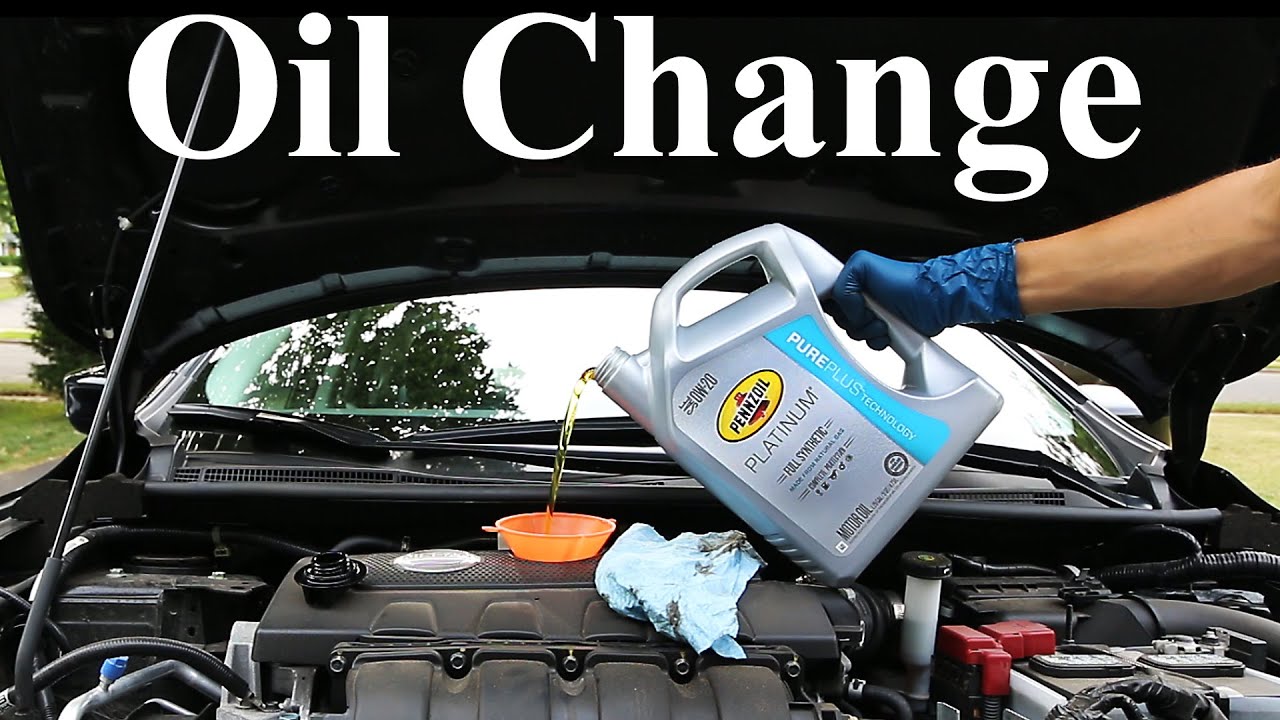Engine oil plays a crucial role in maintaining the health and performance of your vehicle. It lubricates and cools internal engine components, reduces wear and tear, and helps keep your engine clean.
Your engine oil won’t last forever, and it’s essential to change it at regular intervals. In this article, we’ll explore the factors that determine when you should change your engine oil and how to identify the right time for an oil change.
- Understanding the Basics: Oil Types and Grades
There are three main types of engine oil: conventional, synthetic, and synthetic blend. Conventional oil is derived from crude oil, while synthetic oil is artificially made from chemical compounds. Synthetic blend oil is a mix of conventional and synthetic oils. Each type offers different levels of protection, performance, and longevity. Additionally, engine oils are available in various grades or viscosities, which affect how well the oil flows in different temperatures.
- Manufacturer’s Recommendations
Always consult your vehicle’s owner’s manual for the manufacturer’s recommended oil change interval. These recommendations are based on extensive research and testing to ensure optimal engine performance and longevity. The intervals typically range from 3,000 to 7,500 miles for conventional oil, and up to 15,000 miles for synthetic oil. However, these intervals can vary depending on the make and model of your vehicle, as well as the type and grade of oil used.
- Driving Conditions and Habits
Your driving conditions and habits can significantly impact the lifespan of your engine oil. Factors such as frequent short trips, stop-and-go traffic, towing, or driving in extreme temperatures can cause your engine oil to degrade more quickly. In such cases, consider changing your oil more frequently than the manufacturer’s recommendations.
- Oil Life Monitoring Systems
Many modern vehicles come equipped with an oil life monitoring system that tracks various factors such as mileage, engine load, and temperature to estimate the remaining oil life. These systems can provide a more accurate indication of when an oil change is due, as they account for individual driving habits and conditions. When the system signals that it’s time for an oil change, make sure to follow through promptly.
- Checking Oil Level and Condition
Regularly checking your engine oil level and condition is a good habit to adopt. This helps you spot potential issues early on and can give you an idea of when an oil change might be necessary. To check the oil, locate the dipstick, remove it, and wipe it clean. Reinsert the dipstick, remove it again, and check the oil level. If it’s below the “low” mark, add oil as needed. Additionally, examine the color and consistency of the oil. If it appears dark, gritty, or thick, it’s likely time for an oil change.
Conclusion
Changing your engine oil at the right time is crucial for maintaining the performance and longevity of your vehicle. To determine when to change your engine oil, consult your owner’s manual, consider your driving habits and conditions, and pay attention to any oil life monitoring system alerts. Regularly checking your engine oil level and condition can also provide valuable insight into your oil’s health. By staying proactive with your vehicle maintenance, you can help ensure a smooth, reliable driving experience.



